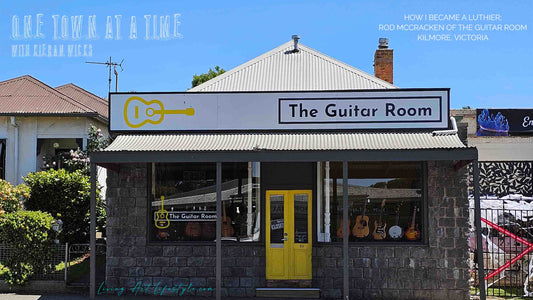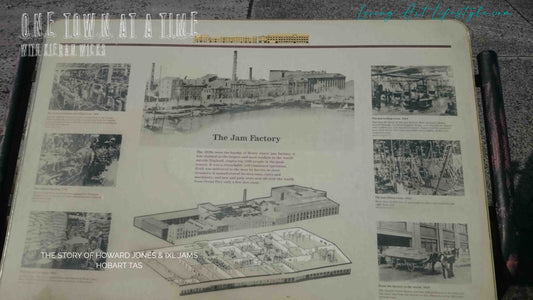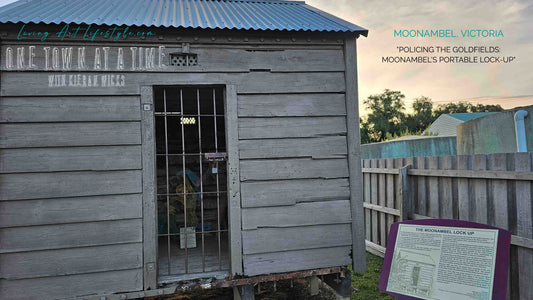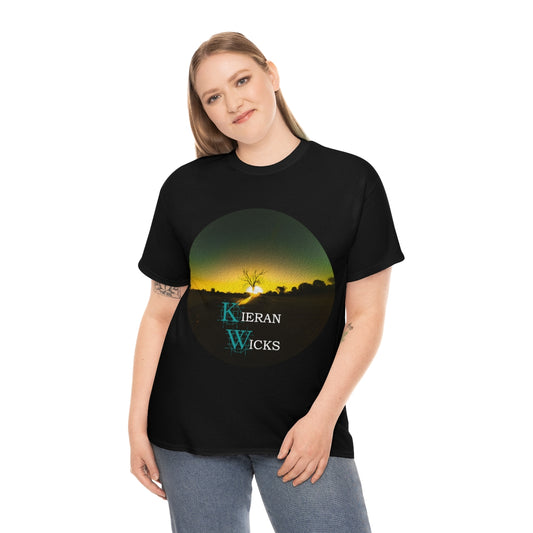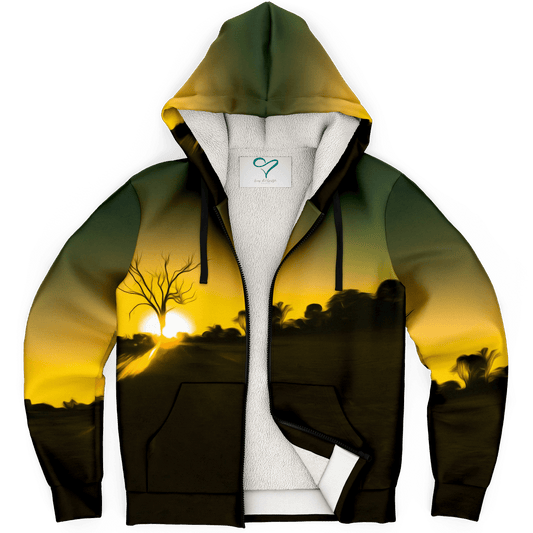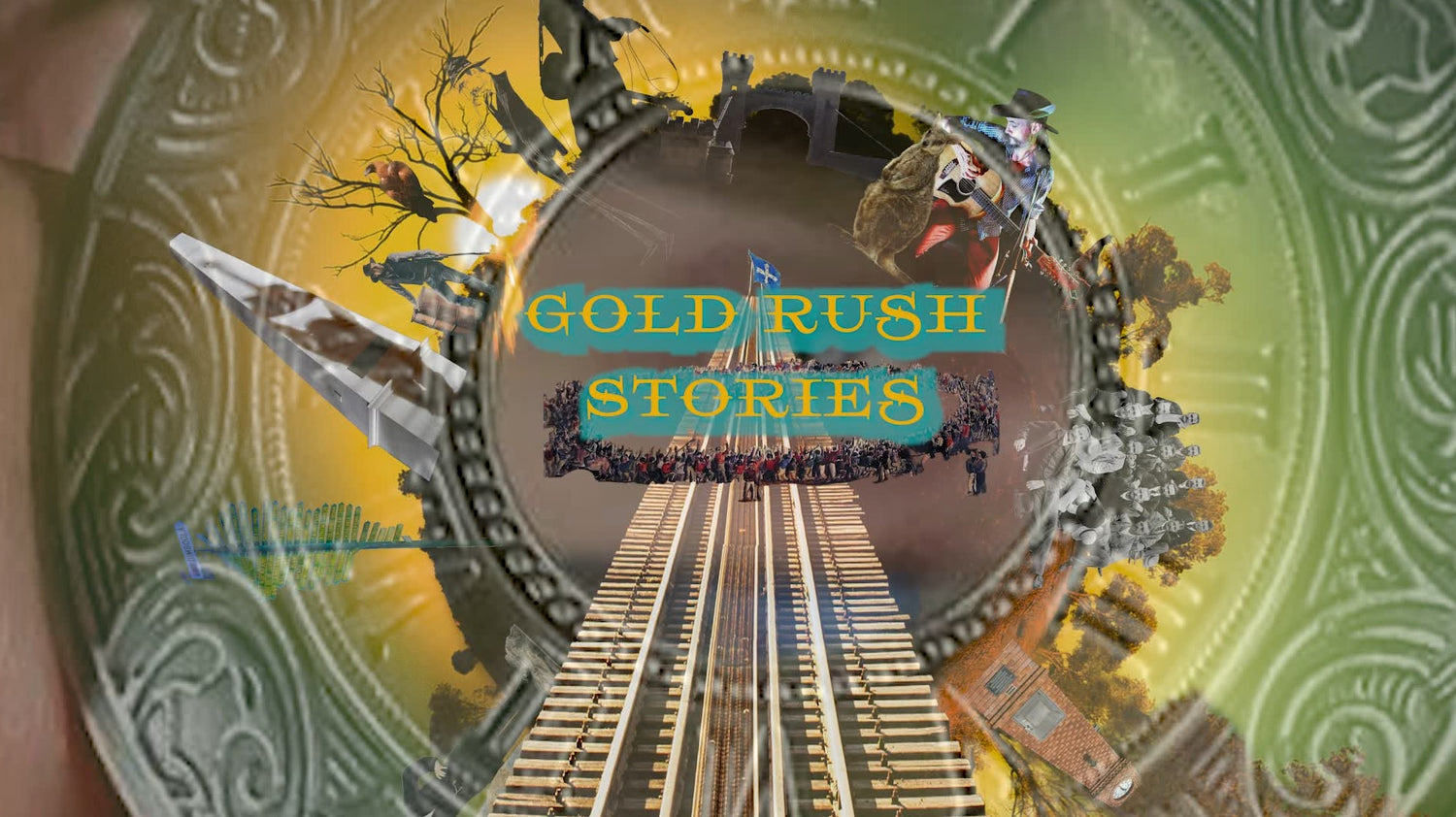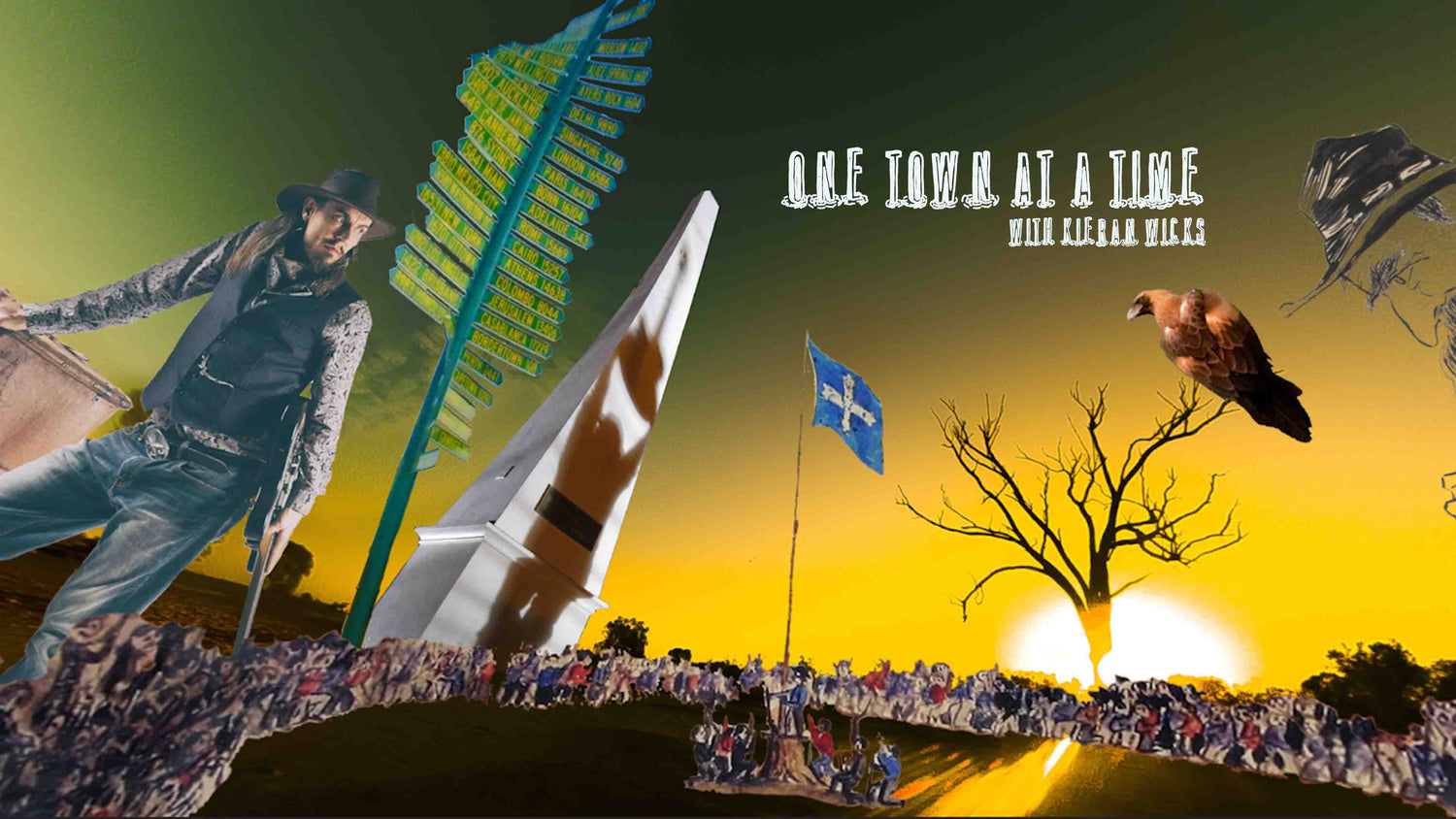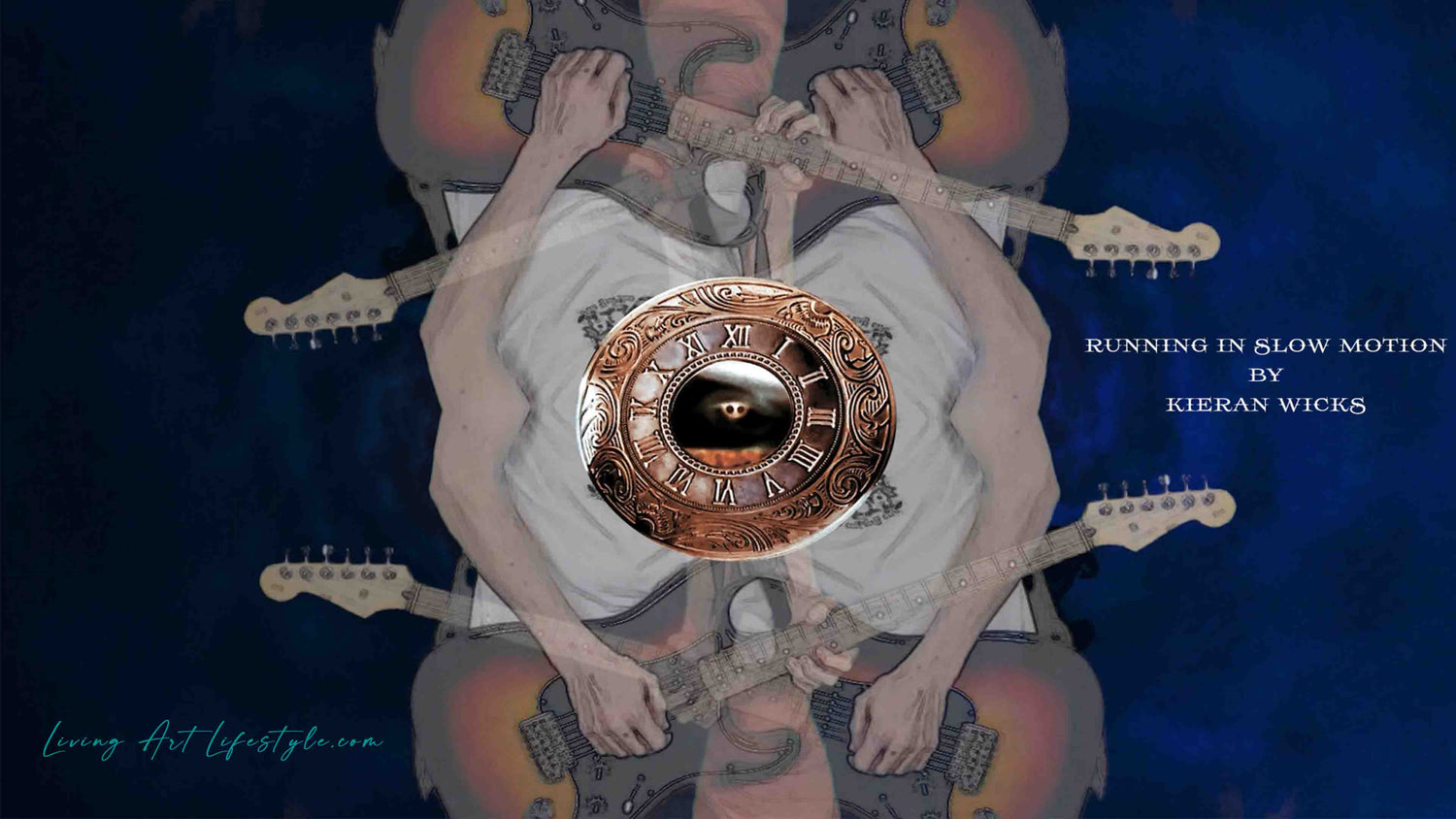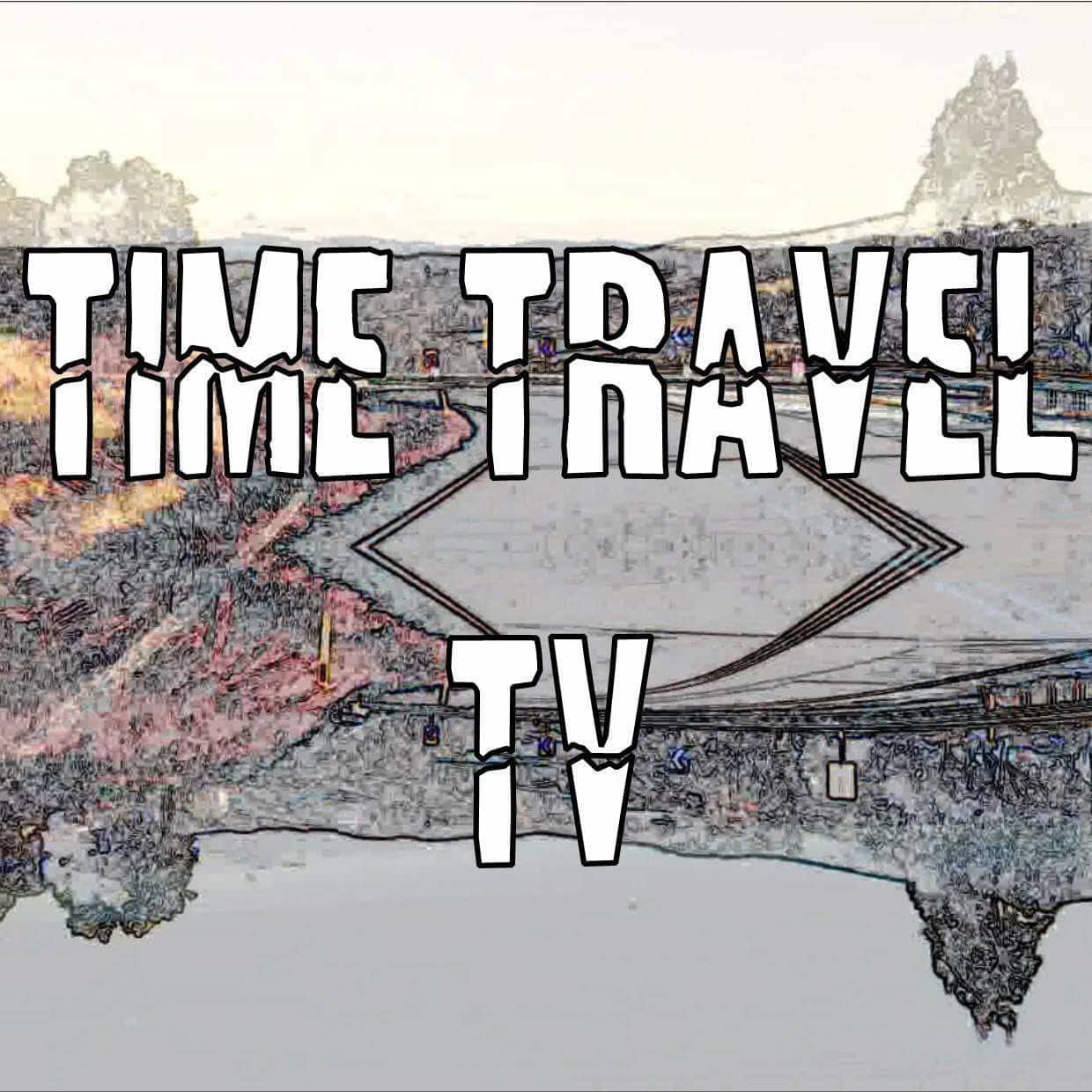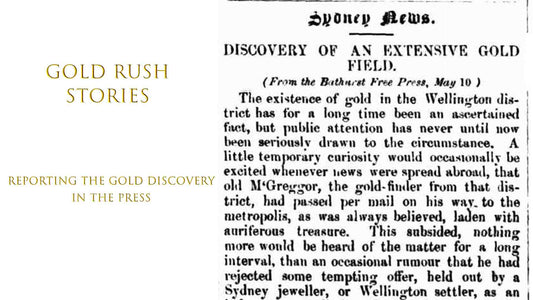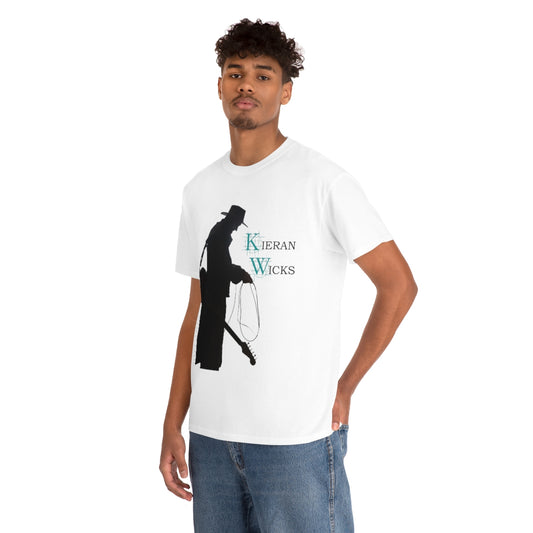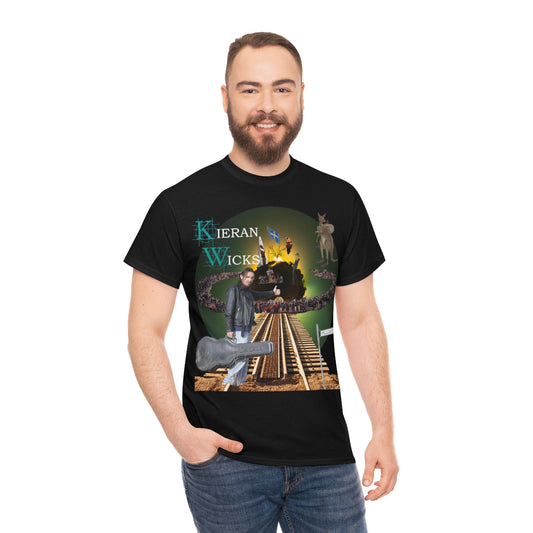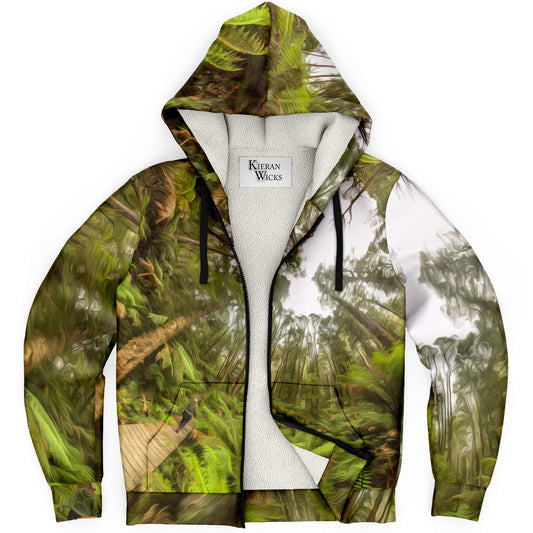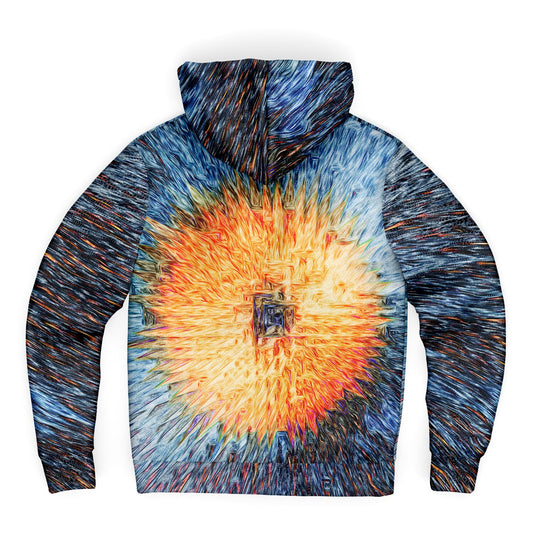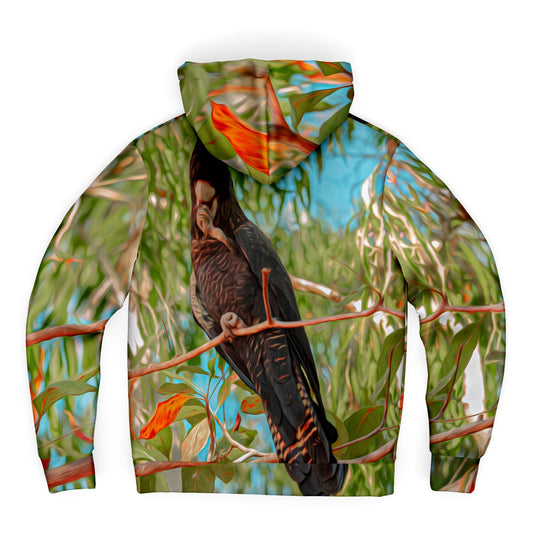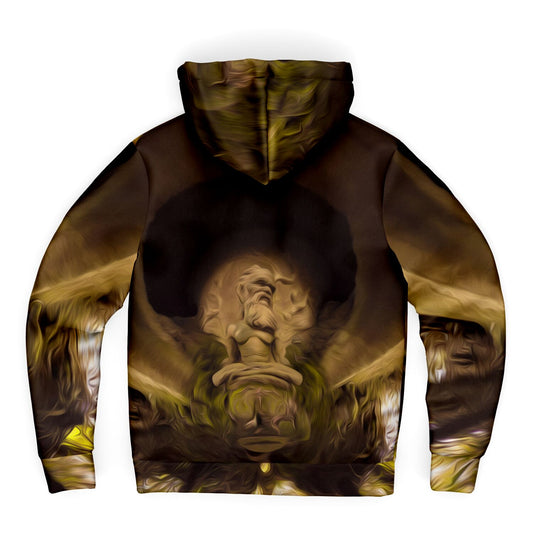



Camp 119
Just off the Savannah Way, 40klms southwest of Normanton, on the banks of the Little Bynoe River is Camp 119, the most northern camp for Burke and WIlls. It's 50klms from the coast where history tells us 15 Gutta-Percha trees were inscribed with the letter "B" and others with "B119".


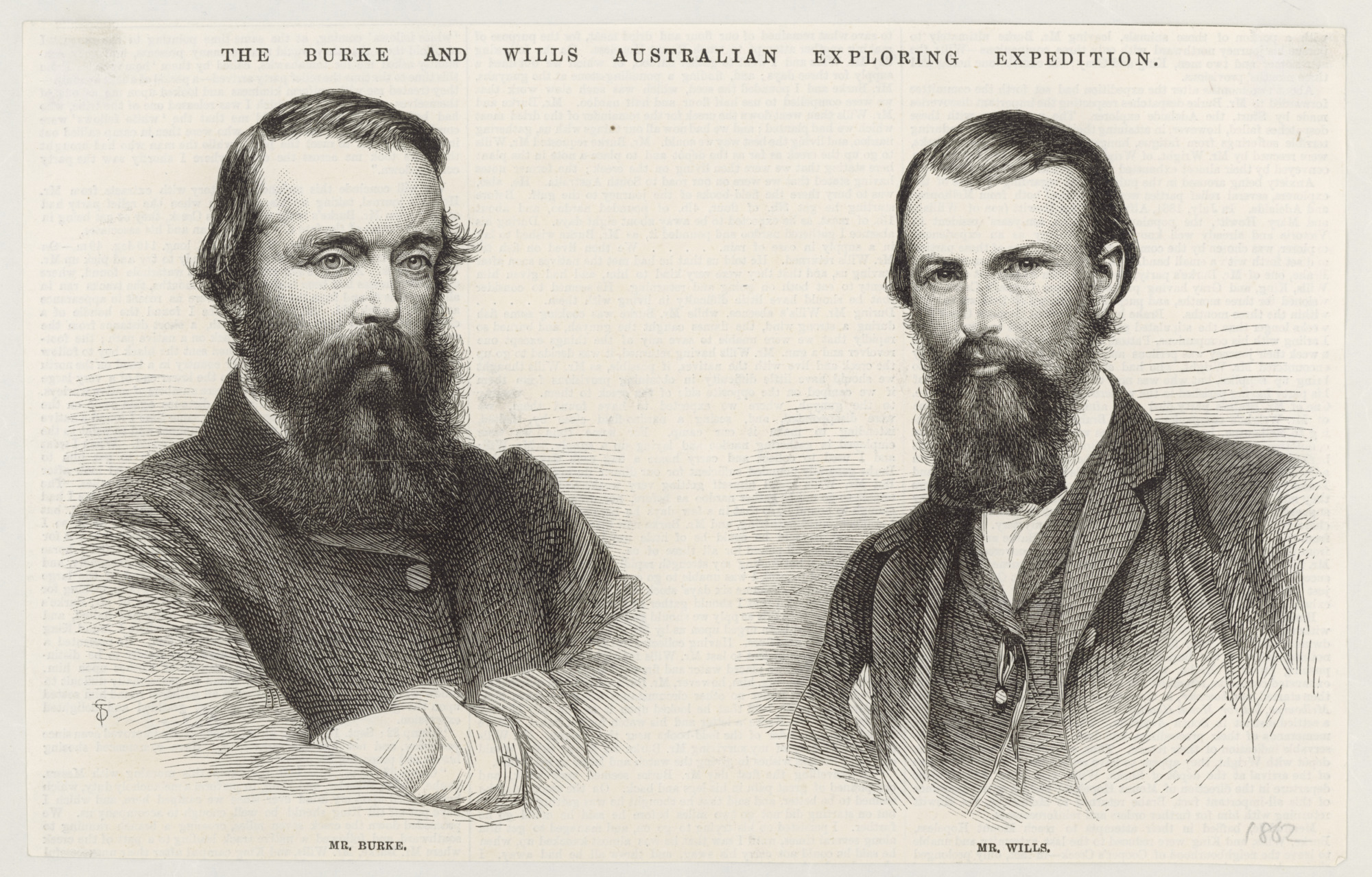 https://digital-classroom.nma.gov.au/sites/default/files/2020-07/1800s_1860_BurkeandWills_1.jpg
https://digital-classroom.nma.gov.au/sites/default/files/2020-07/1800s_1860_BurkeandWills_1.jpg
Camp 119
This is the kind of place you have to really kind of want to go and visit. To say that it is off the beaten track is an understatement.
This wasn't our initial destination. Truth be known we had little idea of Burke and Will's connection to the region prior to visiting.
But theirs is a tale taught to all Australians from a very young age.
A fated journey undertaken by brave if not naïve map makers, determined to push the frontier further and further afield.
Even by today's standards Camp 119 is far from civilisation and makes one ponder vast expanse of relative untamed nothingness that is large swathes of Australia, the feelings of isolation are nigh impossible to fathom to a modern day man.

Arafura Sea at Kurumba QLD Gulf of Carpentaria

Much like Burke & Wills, our goal was to reach the ocean at the Gulf of Carpentaria, dipping our toes in the Arafura Sea at Kurumba, as we toured through the top end after a string of shows through central Queensland on our way to our eventual destination of the Daintree Rainforest on the east coast.

When the Sydney merchant David Cooper donated 1000 pounds to the Crimean Patriotic Fund in 1855 he received a knighthood for his philanthropy. Three years later an Irish immigrant Ambrose Kyte, an exceedingly successful Melbourne merchant, offered 1,000 pounds towards the exploration of thee interior if his fellow colonists also subscribed at least 2,000 pounds to the project.
Coincidently Thomas Embling, Member for Castlemaine in the Victorian Legislative Assembly convinced government to purchase 26 camels (along with Sepoy cameleers) from India to be sued as breeding stock and "as man's great help in the exploration of the desert country, Australia's Sahara". The stage was set for philanthropic funding and assembling of the largest expedition ever mounted in Australia. Their goal: to traverse the continent from south to north.
Camp 119
The most northerly camp of the ill-fated Victorian Exploration Expedition, better known as the Burke & Wills Expedition.
From this camp in mid- February 1861, Robert Burke and William Wills made a desperate dash north to the Gulf of Carpentaria. Nearly six months they had left Melbourne in a blaze of publicity. Supplies were now running low, wet season floods and high temperatures hampered them.
John King and Charles Gray remained at Camp 119 to mark no less than fifteen trees as proof they had reached north Australia.
The return journey was to prove disastrous. Only John King survived. Search parties were sent out to find the lost foursome.
"It would be well to say that we reached the sea, but we could not obtain a view of the open ocean, although we made every endeavour to do so"
Burkes Notebook
Kieran Wicks at the Walkabout Hotel, McKinlay central QLD
Relief parties led by Alfred Howitt, William Landsborough, John McKinlay and Frederick Walker left from Melbourne, Moreton Bay, Adelaide and Rockhampton respectively during late 1861.
They had little idea where Burke might have taken his team for, at this stage, all were missing.
Howitt found John King with the Yandruwandha on 15 September 1861. Word of his rescue spread slowly and the other expeditions carried on oblivious of Howitt's findings. They kept searching and ironically mapped more of eastern Australia than those they set out to find.
Frederick Walker's expedition found camel and human footprints near here in January 1862, long after King had been found.
Soon afterwards they found Camp 119. Walker blazed a large tree that King and Gray had, strangley, left untouched.
The campsite faded from public memory until 1909 when the Royal Geographical Society of Queensland re-established its location.
Race to the Top
Colonial rivalry was rife. Victoria wanted to beat South Australia in the quest to cross the continent. John McDouall Stuart had tried twice and been turned back. His skills were unquestionable and he was about to make a further attempt.
Could Victoria win?
Burke was chosen to head the Victorian team. He was a police officer with little bush experience but with a well-equipped team. The expedition was disastrous in human terms; seven men died in their efforts to more of New South Wales and Queensland.
Burke and Wills reached the Gulf on 11 February 861. Stuarts expedition left Adelaide on 25 October 1861, reached Chambers Bay, NT on 24 July 1862 and returned to Adelaide, without loss of life, on 17 December 1862.
Back in February 1861 four travel weary men found a temporary haven: a billabong, a few shady trees above flood level, and neither a takeaway nor bottle shop to disturb them. This was to be Camp 119. Choosing a campsite in mid wet-season is a challenge even with a well equipped home strapped to the back of a four-wheel drive. Burke and WIlls did not have that luxury. Their swags and tucker were strapped to the backs of their camels.
Changing Times
Burke's team was unaware that they were passing through a region rich in food and resources in which Aboriginal clans had lived for thousands of years without either beasts of burden or bags of flour to weigh them down.
Apart from all those memorials the site itself does not look like it had altered much does it? However it has changed dramatically.
The billabong is still there, the trees look like they have been here for eons and the river is only a short distance away.
A year after Burke and his companions camped here the largest tree at Camp 119 was marked by Frederick Walker. The blaze was originally over 800mm above ground level. There is now less than 200mm between the blaze base and the ground. The site is silting over.
Certificate issued to the crew of the HMCSS Victoria who were sent to the Gulf of Carpentaria in 1861 in search of lost explorers Burke & Wills
What happened to Gray and King's trees?
Over 150 years most of the fifteen scarred trees have gone or are dying. Steel markers now indicate where some once stood. By 2061 all will probably have gone.
Site preservation is challenging and costly. Trees are like humans. They do not last forever. At best we can only slow their loss. That comes at a cost few rural communities can afford.
And yet preserving our history is important in helping us to understand ourselves as a nation: where we have come from, how we got here and a belief in ourselves. Burke might not have been a successful explorer but he left us a legacy. He had a goal, which he and his companions strove to achieve. These were the formative years of the spirit of a nation.
This monument marks the site of Camp 119 of the 1860/61 Burke and Wills Expedition, occupied on Saturday 9th February 1861 by Robert O'Hara Burke, William John WIlls, John King and Charley Gray.
On Sunday 10th February, Burke and Wills left on the attempt to journey to the Gulf of Carpentaria, returning on Tuesday the 12th February. All four abandoned the camp the next day for the return journey to Coopers Creek (Depot 75) and home to Melbourne.
During the return journey, all died with the exception of King who survived with the assistance of a friendly aboriginal tribe.
This monument was provided through, and with thanks to the generous donation of Mr Douglas Jolly of Brisbane and the historical advice of the State Library of Victoria, and was erected in 1978 by the Normanton Lions Club.
Signature Blazes
"An important factor emerges for Burke & Wills researchers and that is the B/CXIX tree (number 12 by Thomson), proven both by survey and photo from 1909/10 to be authentic, allows measurements to be taken of the shield (height above the ground, height of blaze, width of blaze, then and now), i.e it's signature', that will assist in identifying other genuine B&W blazed trees at least north of Coopers Creek. (In a survey party the blazing was usually carried out by the same person, hence a 'signature'.) One tree north of Coopers Creek has already been identified by others using this 'signature'. I believe i have identified three others at Camps 101, 117 and 118.
All the blazes at Camp 119 of Burke and Wills could be described as timid; they do not demand attention, the very purpose of a blaze. (Walker's does not meet this criticism.) Indeed i inspected tree 10 closely several times and could not find a blaze. After it was positively identified as an original by survey i found two blazes close to the ground that were definitely made with an axe. A close inspection of Thompson's photo suggests that there was a depression running across the site generally following the Gutta-perchas (a species of tree) hence the ground filling up to perhaps some of the blazes. Frank Clune's photo on page 125 from 'DIG' of 1936 might confirm this."
David Hillan, Surveyor
Walkers Crossing near Normanton Gulf of Carpentaria QLD
Walker's Tree
"Walker marked a tree FW/12Jan/1862 and that tree is the feature of the site now and is the sole focus of tourist attention. It is generally thought to be the Burke and Wills Tree. Walker noted that this camp was about three quarters of a mile from his camp where they had been based for about four days.
Artifacts were found at Camp 119 by the staff of Magowra Station in later years buried in a camp oven. The artifacts included a Mercury Artificial Horizon used by Wills for his astronomical observations. I believe the only way for the staff to have found this equipment was for it to have been accidently exposed. This would only have been possible by the bank of the lagoon having been slowly eroded out by cattle drinking at the water's edge.
Walkers failure to find the oven was because he dug 14 yards, 14 feet and 14 inches from the tree marked SSE 14. He did not realise that surveyors used Links as a unit of measurement and not yards, feet or inches. 14 Links equals 9' 3". We can deduce with a high degree of certainty that the tree was Thomson's no 13."
David Hillan, Surveyor
Walkers Crossing near Normanton Gulf of Carpentaria QLD
Walkers Crossing near Normanton Gulf of Carpentaria QLD
 Walkers Crossing near Normanton Gulf of Carpentaria QLD
Walkers Crossing near Normanton Gulf of Carpentaria QLD
The Gulf Party left to right, Robert O’Hara Burke, William Wills, Charley Gray and John King
Images: Burke, John Oxley Library, State Library of Queensland neg. no. 76942, Wills by Henry Sadd, State Library of Victoria, Gray and King both State Library of Victoria
Leaders, the Men and their Skills
The choice of the leadership moulded the outcome of the expedition.
Robert O'hara Burke trained in Woolwich military academy in England before joining the Austrian army as a first lieutenant in Prince Reuss's Hussars. He resigned his commission to become a mounted policeman in his native Ireland before taking up the post in Australia of Senior Inspector of Police, Ovens District in Victoria.
William Wills was the Exploration Committee's choice of surveyor being a protoge of German scientist Georg NeuMayer, Director of the Melbourne Observbatory.
The composition and skill of the expedition members were quite extraordinary. There were six Irishmen, five englishmen, four Indians, three Germans and one American. They claimed a diversity of skills policeman, soldier, scientist, artist, sailor, sail-maker, cook, sawyer, butcher, blacksmith, armourer and camel handlers.
However, none had previous frontier experience. None were born in Australia nor had any understanding of the hostile Outback environment.
The Dash to the Ocean
It was the monsoon season of early February 1861. The tempreture was averaging 100F / 38C. The expedition party established (its second last) Camp 119, where King and Grey remained with the equipment and camels. Burke and WIlls, seeking glory together set out to reach the ocean taking the horse "Billy" and three days supply.
"The terrain near Cloncurry had diverted the party in an easterly direction and their desire to take the shortest route north and be sure of water kept them on the Bynoe River, part of the Flinders system, not the Albert as was planned."


The dash to the ocean from Camp 119 was anticlimactic, the vast salt pans, boggy ground and mangrove forests all throwing up barriers. Burke's disappointment is reflected in a rare entry in his notebook in fact the only one he made on the return journey. "... It would be well to say that we reached the sea, but we could not obtain a view of the open ocean, although we made every endeavour to do so".
At Camp 119 King and Grey, while waiting for Burke and Wills return, marked 14 trees, in addition to the one marked with "B CXIX", and buried a camp oven, containing Wills mercury horizon used in celestial navigation, and other material, which was found many years later and subsequently lost again.
For Want of Nutrient
Leaving Camp 119 the four men had only a quarter of the food supply left from what they had started out with from Coopers Creek depot.
From late March their supplies had dwindled to just dry meat. Attempts to live off the land had mixed results, their principal ration was portulaca, a thick fleshy leafed herb. Grey was the first to die eighty miles from Cooper Creek depot and the others were so weak it took them a day to bury him.
On arriving at the depot Burke, Wills and king found that Brahe, who had waited for their return with three others, had left some nine hours previously, leaving the inscription carved in a nearby tree "Dig three ft NW April 21 1861". They were too weak to even consider following Brahe but the buried depot supplied food.
They attempted to reach the settled regions in the south, living off the land, pinning their hopes on the Aborigines who showed them the use of nardoo, a native plant. By late June they were dying of "beri beri" as their preparation of this plant was incorrect and raw nardoo is toxic with thiaminase.
Wills told his father in his last letter that "we are on the point of starvation, not so much from absolute want of food, but from the want of nutriment".
Leaving Wills will food and water, Burke and King went in search of Aboriginal help but two days later Burke died. He had asked King to leave him unburied with a pistol in his hand. When King returned to Wills he was dead also.
King eventually found aborigines who compassionately took him in. Eventually Walsh, a member of Howitt's search party, encountered the group that included one who might have been mistaken for an aborigine except for his hat. That man fell to prayer at the sight of Walsh who asked, "
Who in the name of wonder are you?" "Iam King sir", was the reply. "
King?" queried Walsh, as the former soldier was an undistinguished member of the party.
"Yes, the last man of the exploration expedition".


Searching
It was the beginning of a new era for the Gulf Savannah begun by leichardt 16 years earlier. William Landsborough, Frederick Walker and John McKinlay all crisscrossed the Savannah grasslands and recorded the quality of the country through which they passed. It was their favourable observations that eventually led to the beginning of the grazing occupation of these tropical grasslands.



'BURKE AND WILLS.', Mount Alexander Mail (Vic. : 1854 - 1917), 11 November 1861, p. 3.

 https://digital-classroom.nma.gov.au/sites/default/files/2020-07/1800s_1860_BurkeandWills_1.jpg
https://digital-classroom.nma.gov.au/sites/default/files/2020-07/1800s_1860_BurkeandWills_1.jpg
















 Walkers Crossing near Normanton Gulf of Carpentaria QLD
Walkers Crossing near Normanton Gulf of Carpentaria QLD









































